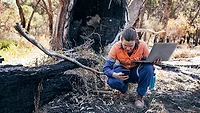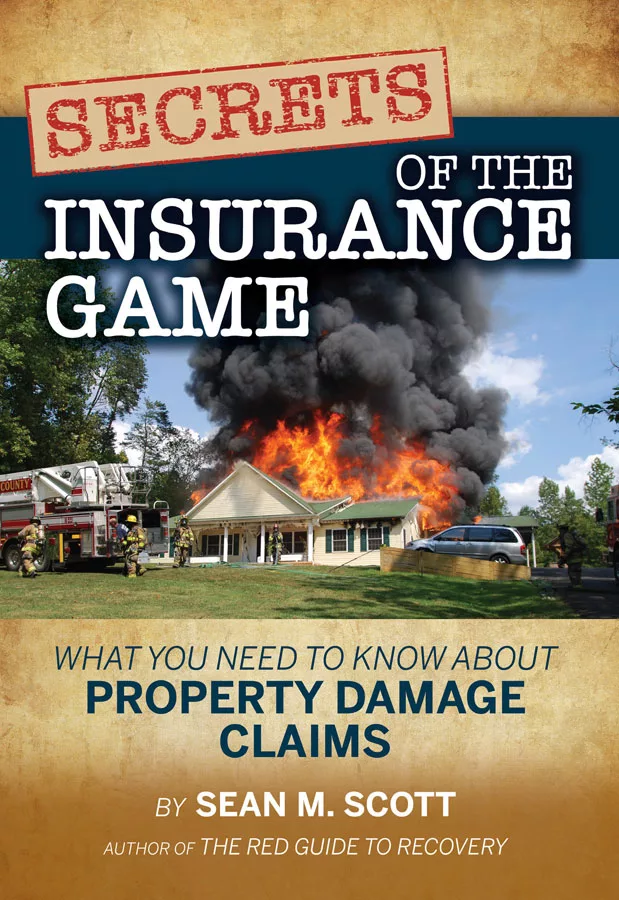Navigating Environmental Hazards in the Transformation of Commercial Spaces

Image credit: studio-fi /iStock / Getty Images Plus via Getty Images
Adaptive reuse, the process of repurposing old or obsolete buildings for new uses, has become an increasingly popular approach in urban planning and real estate development. One of the most significant trends in this area is the conversion of office and commercial buildings into residential spaces. As cities evolve, many older office buildings no longer serve their original function due to changes in work patterns, such as the rise of remote work and the decline of traditional office spaces. These structures, often located in desirable, central areas, present unique opportunities for revitalization and meeting the growing demand for housing. However, with the promise of revitalization comes the challenge of addressing potential environmental hazards like asbestos, lead-based paint, and other harmful materials that may exist in these buildings. Recognizing the risks and implementing appropriate mitigation strategies is essential for the safety of workers involved in these projects and future residents.
The Appeal of Adaptive Reuse
Adaptive reuse offers multiple benefits. It helps reduce urban sprawl by reusing existing structures rather than building new ones, and it can provide much-needed housing in densely populated areas. It also preserves the architectural character and heritage of buildings, which can enhance the cultural and aesthetic value of cities. From an environmental perspective, adaptive reuse is sustainable, as it cuts down on the energy and resources needed for new construction, reduces landfill waste, and limits the carbon footprint associated with demolishing and rebuilding structures.
Nevertheless, many of these older buildings were constructed at a time when building codes were less stringent, and materials now known to be hazardous were commonly used. These include asbestos, lead-based paint, and polychlorinated biphenyls (PCBs), among others. Failure to identify and properly mitigate these hazards can result in significant health risks, making it crucial to understand and address these dangers before any conversion takes place.
The Environmental Hazards of Asbestos and Lead-Based Paint
Asbestos is perhaps the most notorious of the hazardous materials found in older buildings. Widely used in construction for its fire-resistant, insulating properties, and its capacity of strengthening certain building materials, asbestos can be present in a range of materials such as insulation, ceiling tiles, floor tiles, wall systems (drywall/joint compound or plaster) and roofing materials. When these materials are disturbed during renovation or demolition, asbestos fibers can become airborne. Inhalation of these fibers is dangerous and can lead to serious respiratory diseases, including asbestosis, lung cancer, and mesothelioma.
Lead is another major concern, particularly in buildings constructed before the 1970s when lead-based paint was banned in many countries for residential use. Lead can be found not only in paint but also in plumbing pipes, solder, and sometimes in the soil around buildings. Exposure to lead-based paint is especially harmful to children, causing developmental delays, behavioral problems, and learning disabilities. In adults, lead exposure can result in high blood pressure, kidney damage, and reproductive issues.
While asbestos and lead-based paint are the most prominent risks, they are not the only hazards that may be present. Buildings may also contain PCBs, which were commonly used in electrical equipment and building materials until they were banned in the late 1970s due to their toxicity and carcinogenic potential.
Solutions for Identifying and Mitigating Environmental Risks
Before embarking on any adaptive reuse project, a thorough environmental assessment is essential. This assessment typically involves a hazardous materials survey, which identifies any potentially dangerous substances present in the building. This survey should be conducted by licensed professionals trained to collect samples and analyze materials for asbestos, lead-based paint, and other hazards.
If asbestos is found, a licensed asbestos abatement contractor must be hired to abate (by removal, encapsulation, or enclosure) the material safely. Encapsulation or enclosure are two types of abatement which are sometimes used when complete removal is impractical or unnecessary. However, removal is often the preferred option, particularly when large-scale renovations are planned that could disturb asbestos-containing materials.
Lead-based paint abatement requires similar precautions. If lead-based paint is found, it must either be removed by scraping and sanding (which requires special tools and techniques to prevent lead dust from becoming airborne) or encapsulated with a sealant that prevents the paint from chipping. In some cases, lead paint stabilization, which involves making small repairs to peeling or chipping areas, can be an effective temporary solution.
For PCBs, removal and proper disposal are critical, as these chemicals can leach into the environment if not handled correctly. Electrical equipment containing PCBs, such as transformers or capacitors, must be carefully removed and disposed of according to regulations set forth by environmental protection agencies.
Ensuring Long-Term Safety and Compliance
Once hazardous materials have been identified and removed, an operation and maintenance plan should be implemented. This is especially important for buildings where encapsulation or enclosure methods have been used, as these materials may degrade over time, requiring further attention. Environmental safety consultants can establish monitoring systems to detect any future problems, ensuring that the building remains safe for residential use.
Moreover, compliance with local, state, and federal regulations is essential throughout the adaptive reuse process. Regulatory bodies such as the Environmental Protection Agency (EPA) in the United States provide guidelines on the safe handling, removal, and disposal of hazardous materials. Developers must ensure that all work is done in accordance with these regulations to avoid legal liabilities and protect the health of future occupants.
In conclusion, while adaptive reuse of office and commercial buildings offers many benefits, it is not without challenges. The presence of asbestos, lead-based paint, and other hazardous materials requires careful management to ensure safety and long-term sustainability. By conducting thorough environmental assessments, employing licensed professionals, and adhering to regulatory standards, developers can successfully mitigate the risks associated with these materials and transform obsolete buildings into safe, vibrant residential spaces.
Looking for a reprint of this article?
From high-res PDFs to custom plaques, order your copy today!








